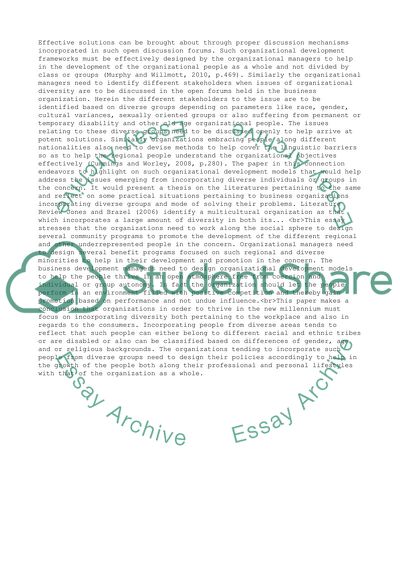Cite this document
(“Organization Development Research Paper Example | Topics and Well Written Essays - 4250 words”, n.d.)
Retrieved from https://studentshare.org/management/1395738-organization-development
Retrieved from https://studentshare.org/management/1395738-organization-development
(Organization Development Research Paper Example | Topics and Well Written Essays - 4250 Words)
https://studentshare.org/management/1395738-organization-development.
https://studentshare.org/management/1395738-organization-development.
“Organization Development Research Paper Example | Topics and Well Written Essays - 4250 Words”, n.d. https://studentshare.org/management/1395738-organization-development.


